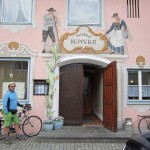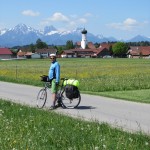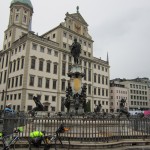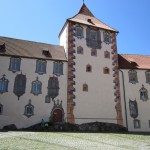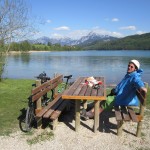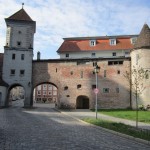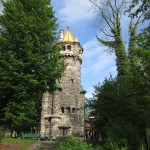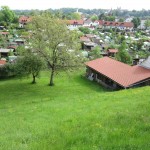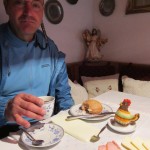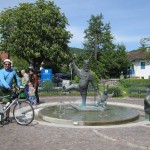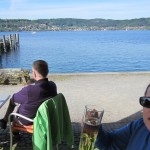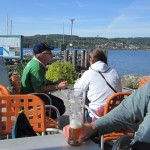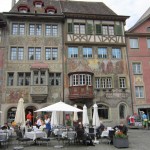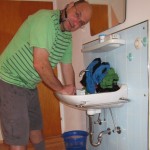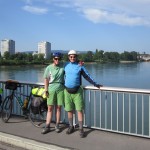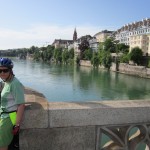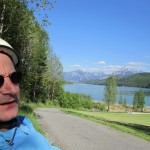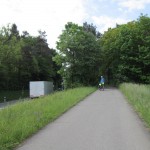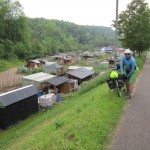Fresh horses
When a knight travels and his horse gets tired, the often try to exchange the horse for a fresh one in the next town.
There comes a time when the bicycles need a lot of maintenance. The most prominent maintenance issues were the worn chains and tires that needed replacing and my saddle that was cracking up. If I had the time I would have bought new components, and fixed the bikes. I had the cunning plan to by-pass the maintenance by buying the cheapest suitable touring bikes available. Bicycles are reasonably cheap in Europe.
We look for the following things in a touring bike
- bicycles with a design that facilitates road-side maintenance. They should have generic parts that are easily replaceable.
- durable wheels (minimum of 36 spokes. 36 spokes are standard in Europe, but the standard in New Zealand is a poor 32 spokes),
- simple design that leads to a light bike (for example shock absorbers are heavy and impedes the carrying capacity of a bicycle)
- adequate frame mounting points on the bike for bike rack and other components.
- large clearing between the wheel and the frame to enable the bike to operate with a broken spoke
- comfortable saddle (Jenny voters for a molded Gel seat)handlebars of suitable height and comfort or handlebars that are adjustable.
- bike stand (Jenny’s requirement)
.
So we got some cheap bikes that improved the number of spokes from 32 to 36 with adequate space between the wheel and the bike frame. Unfortunately the frames are not as good as the old ones. They have few frame mounting points and we are having to make do with rubber straps to mount our water bottles.
We transferred our pedals and Jenny’s molded Gel saddle across to the new bikes. (we obviously also moved our pannier carrying racks across). We added a bike stand for Jenny and adjustable handlebars for me.
The new bikes are more comfortable because they have thicker tires. With Jenny’s comfort saddle she has to take care not to doze off. The thicker tires have noticeably more road resistance, making the bikes a bit slower.
All in all this was a quick and dirty solution that affords us the pleasure of new bikes for not much more than the cost of the maintenance.
These bikes are not a long term investment and I am already concerned that my bearings in the pedal housing may be faulty because they are making a noise.
We will leave four bikes in France (unless we decide to get new bicycles on our next tire change).
I wonder if the old bikes we left next to the bike shop will be taken care of by someone else?
